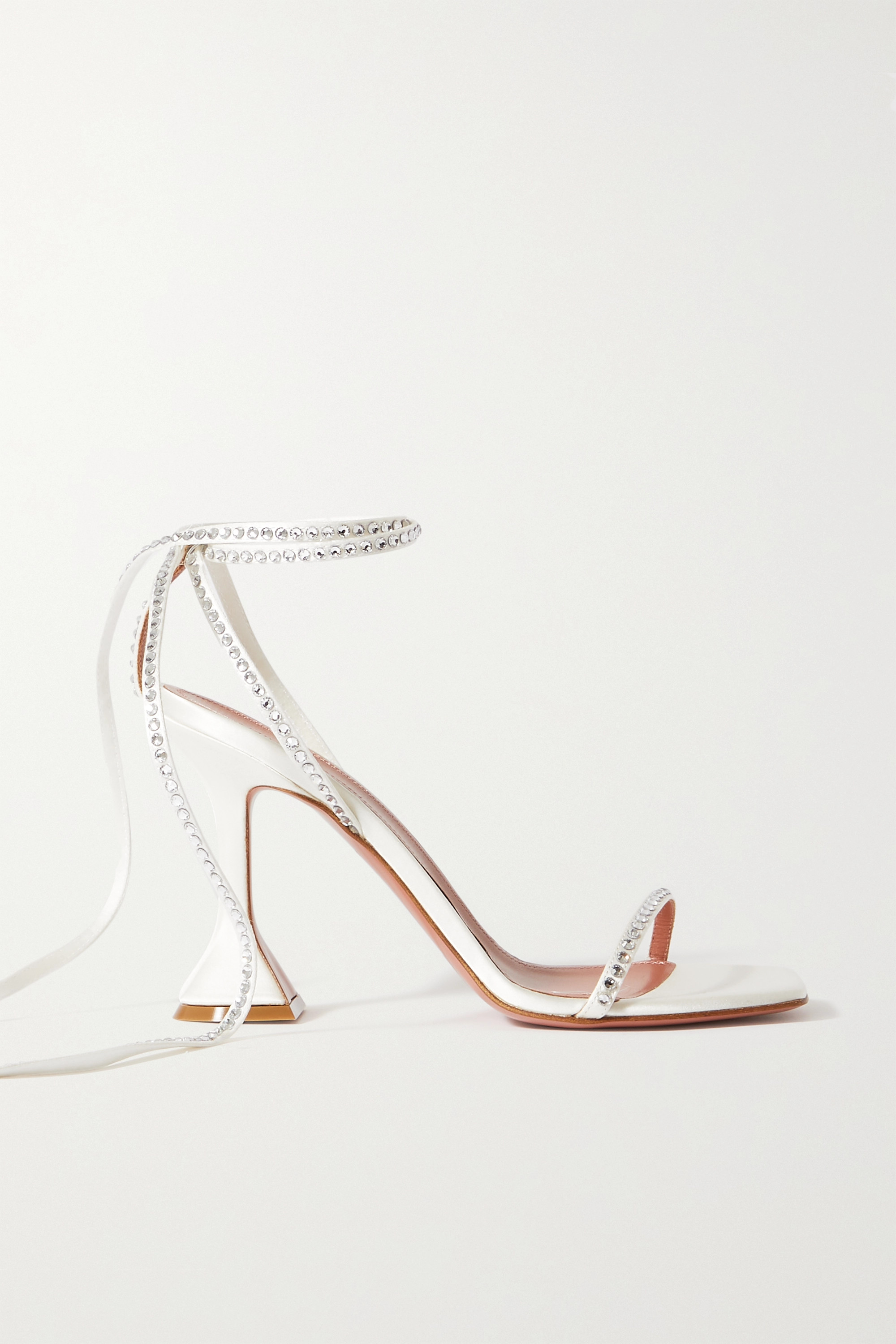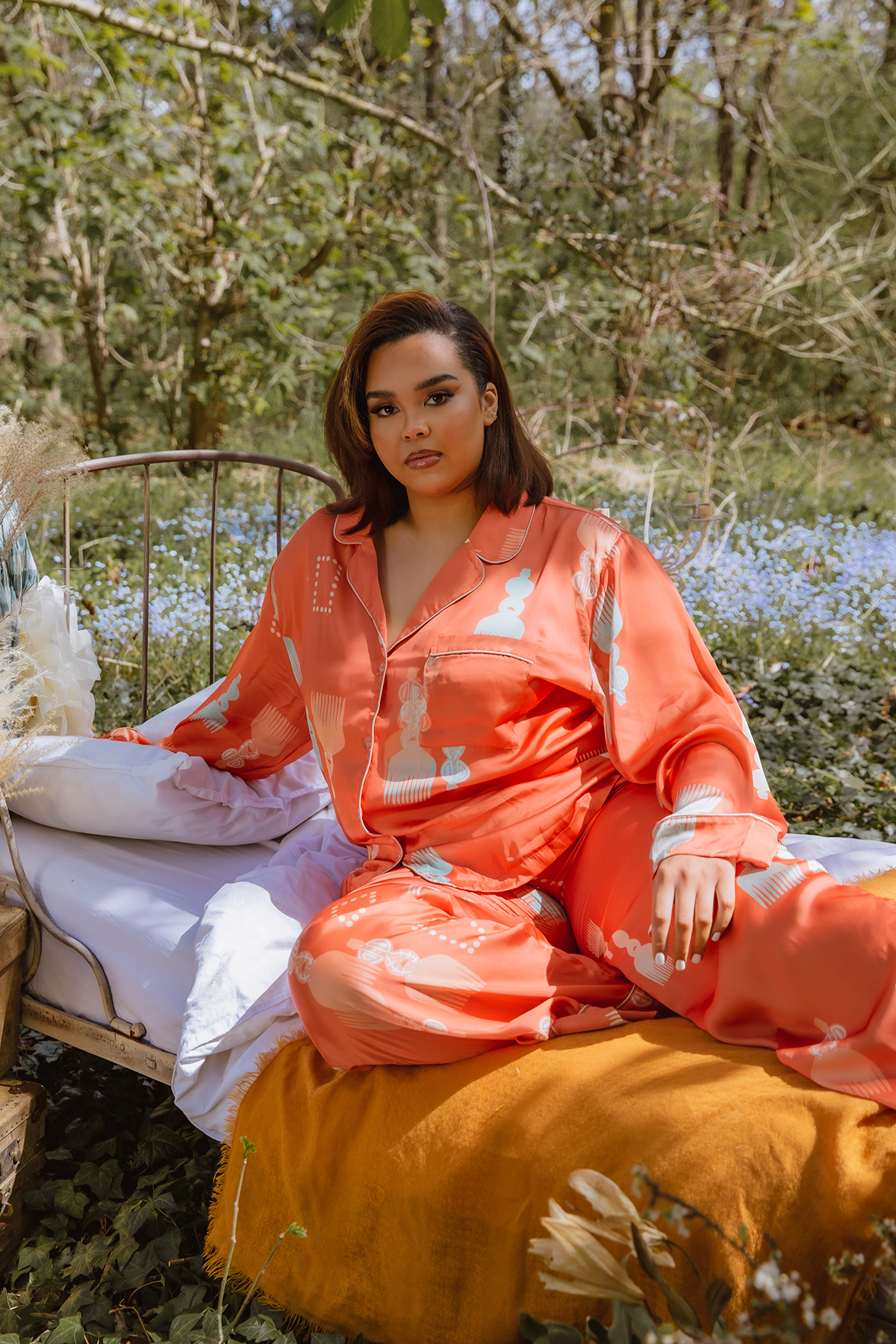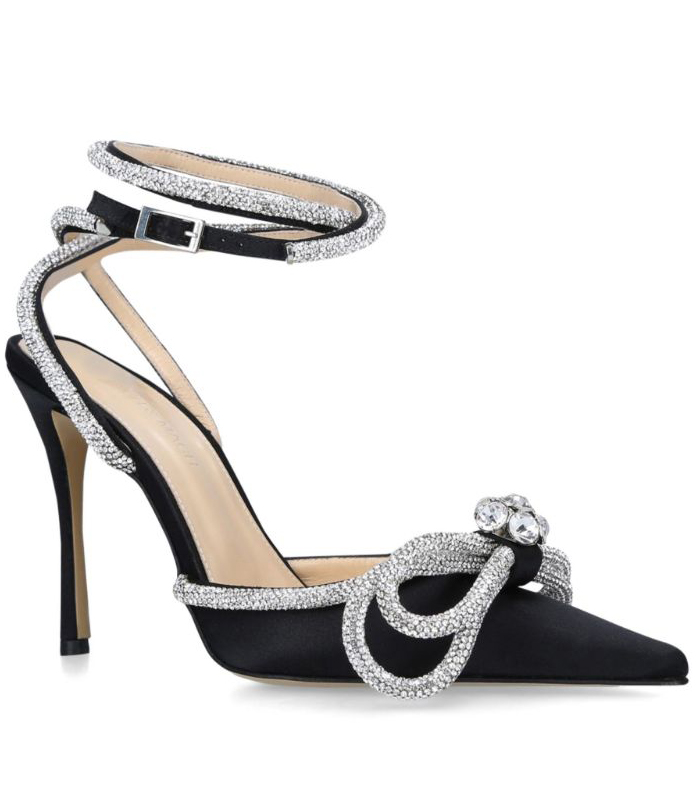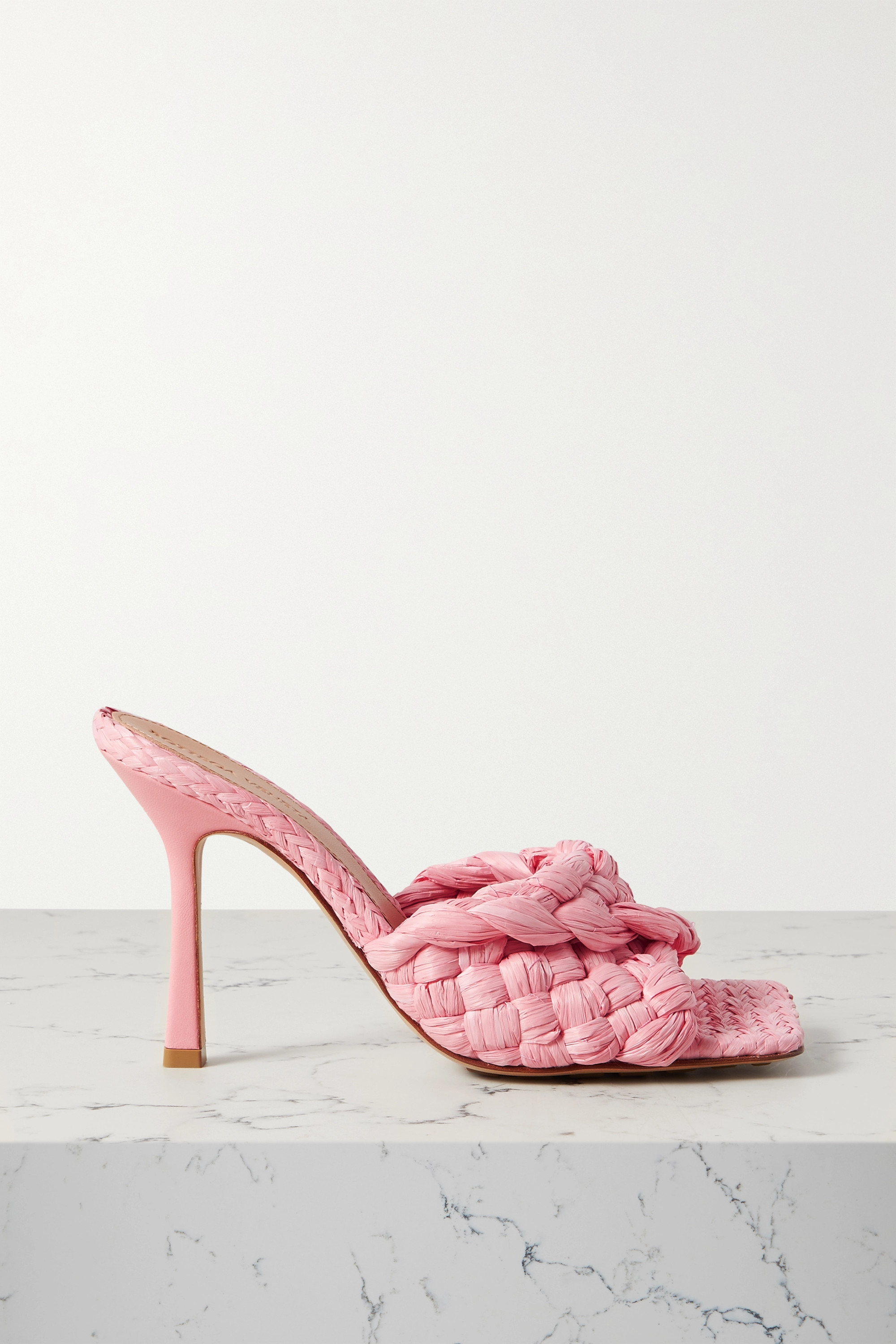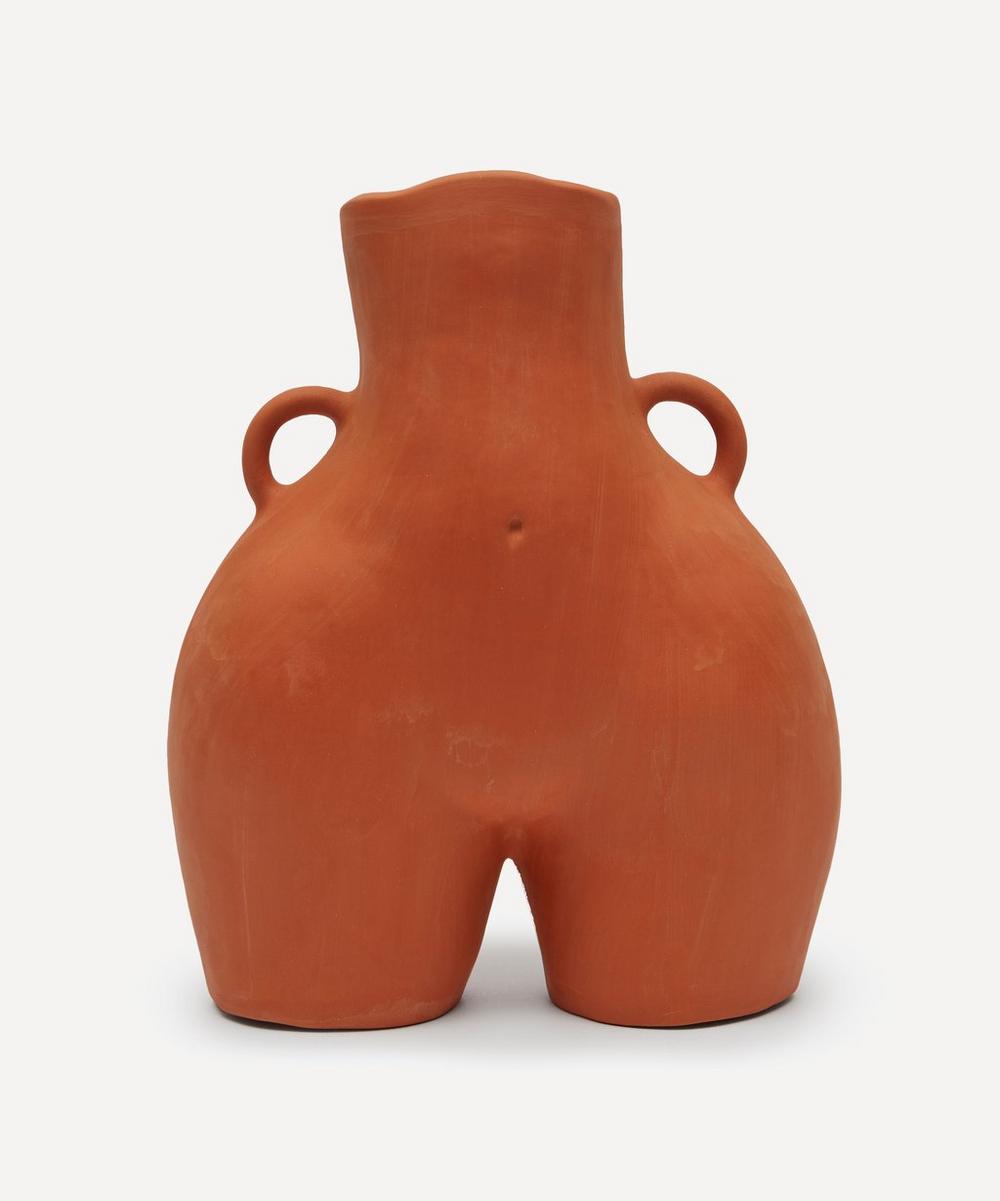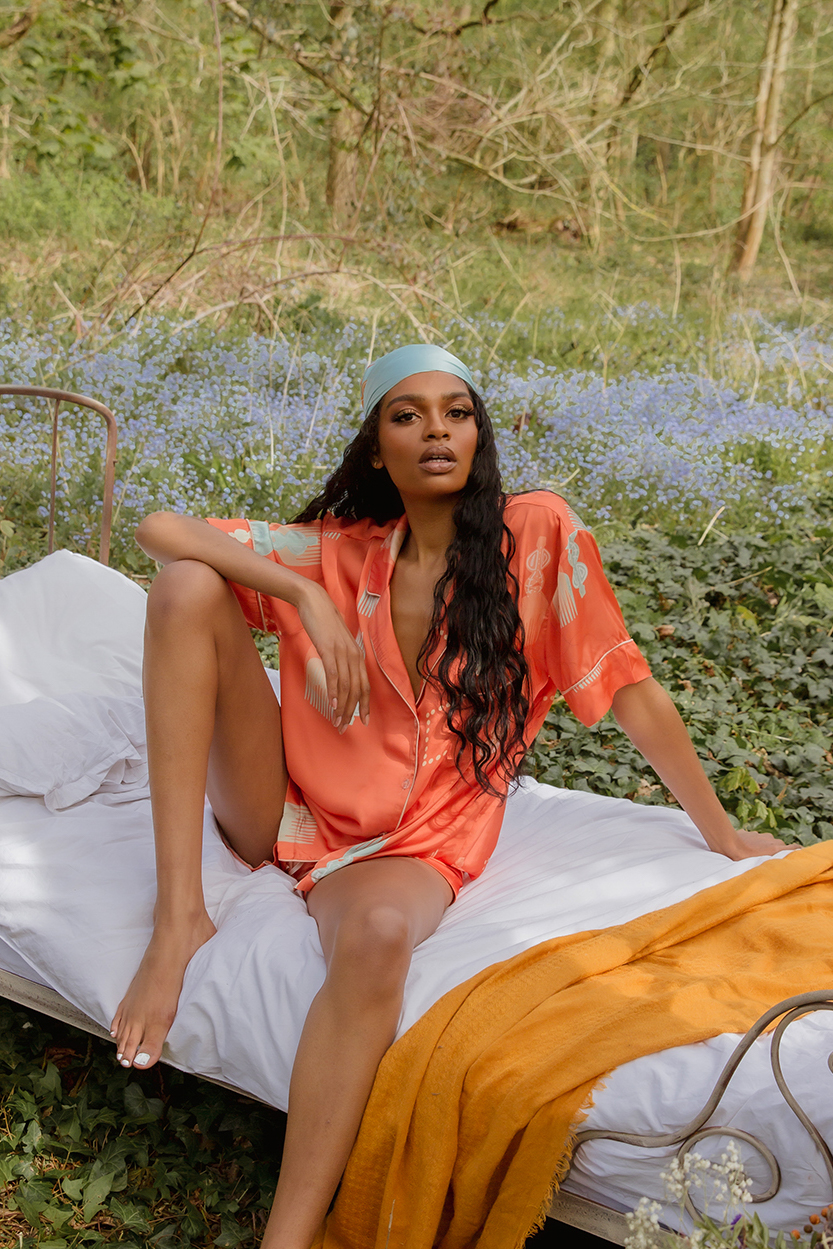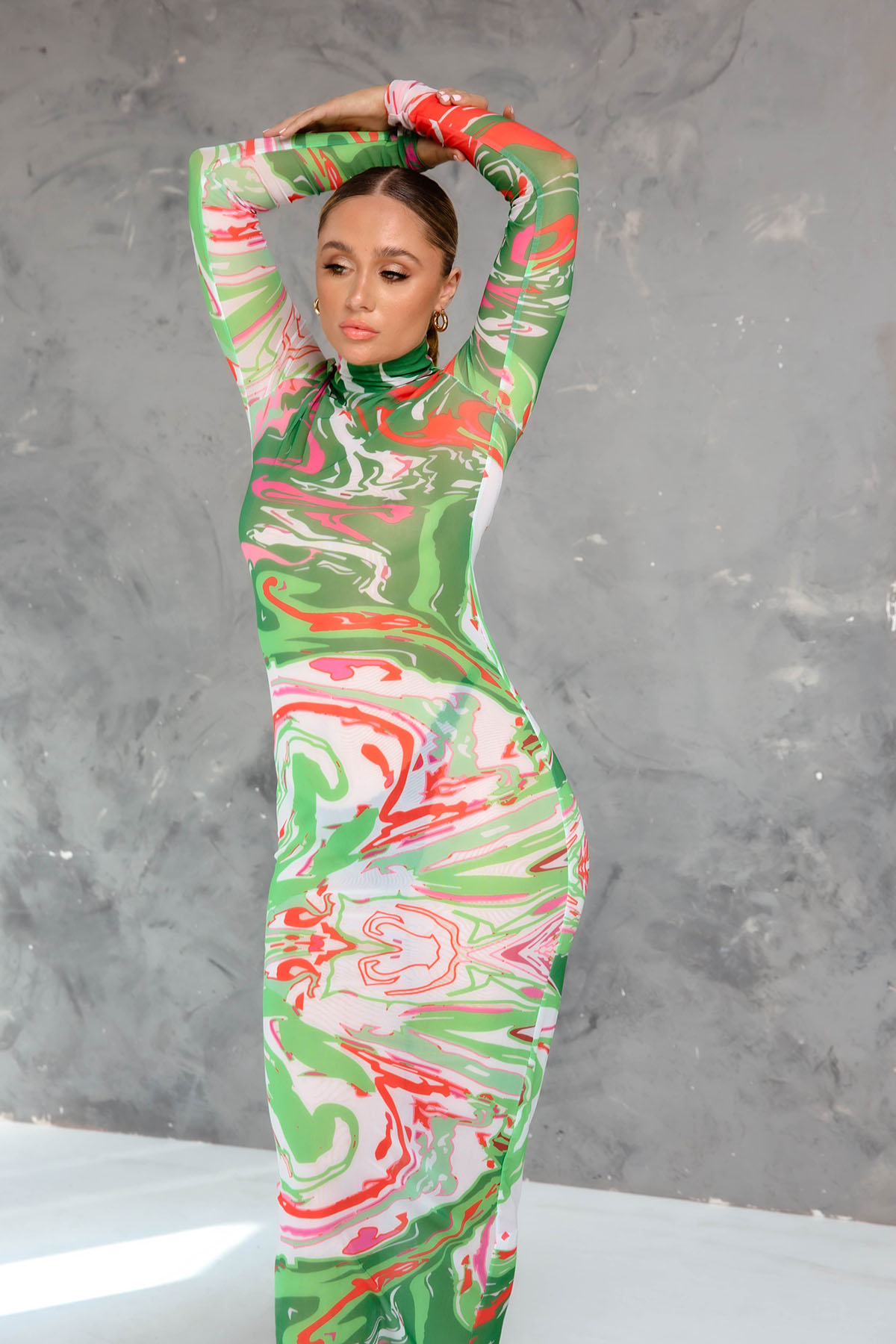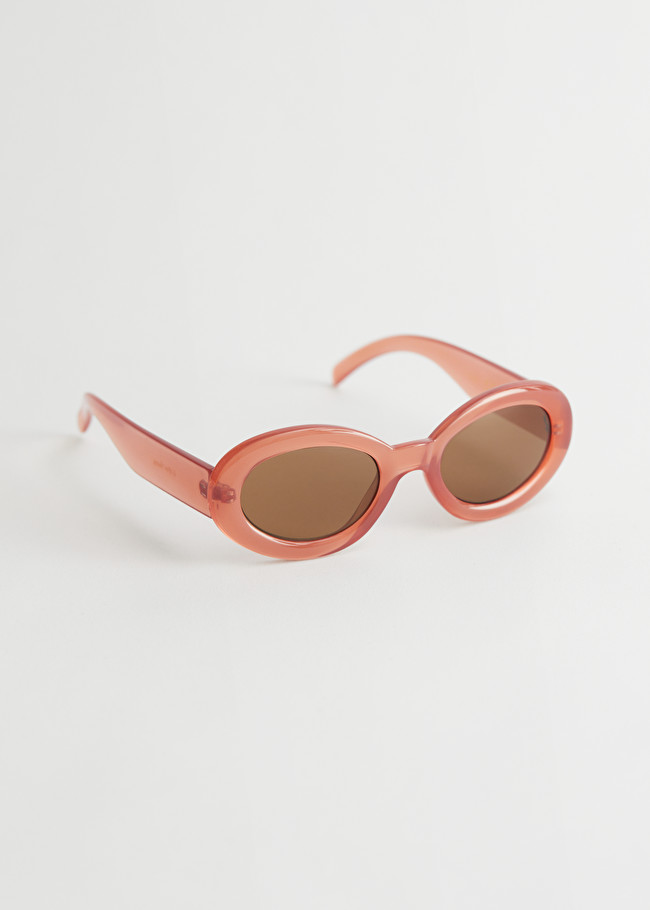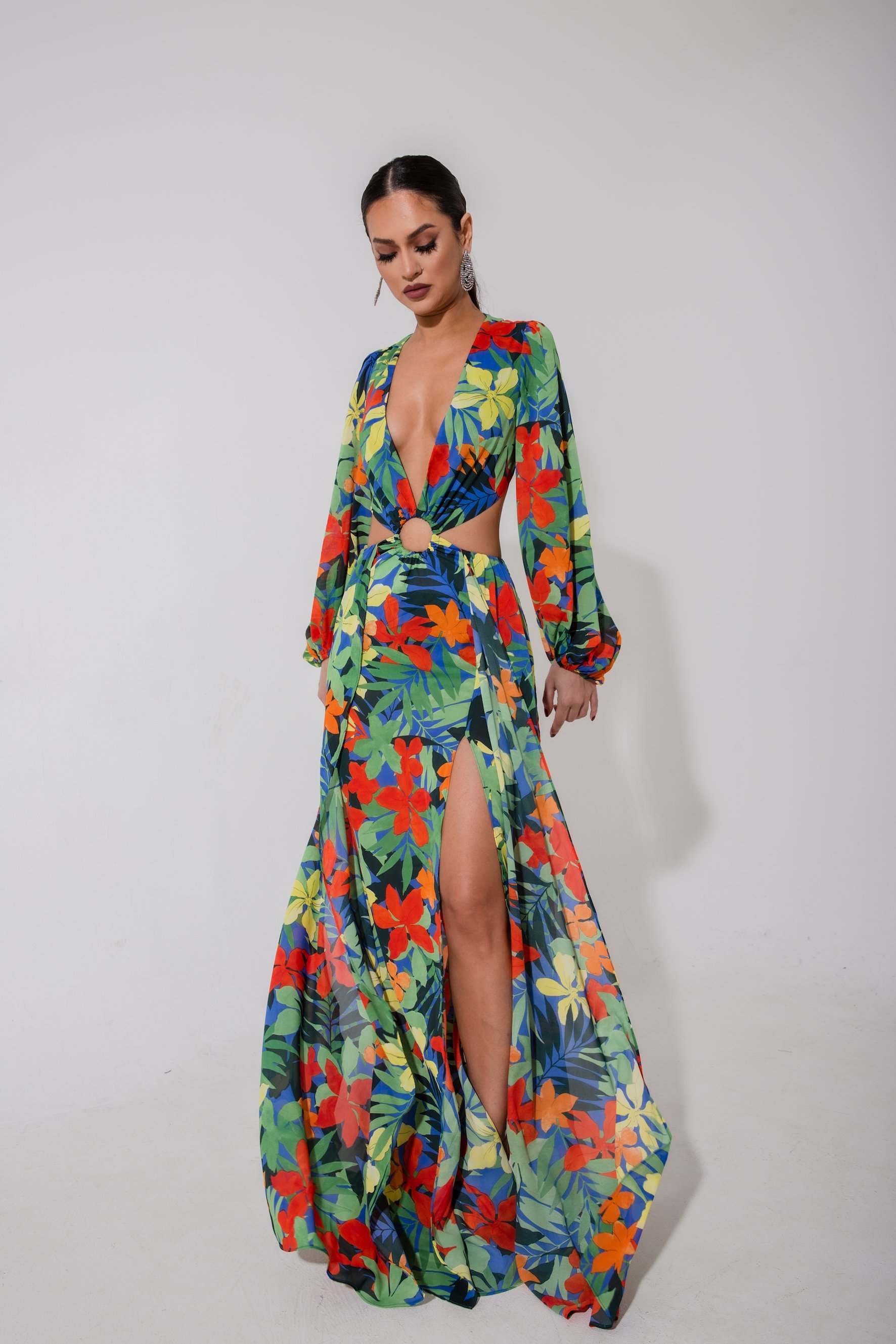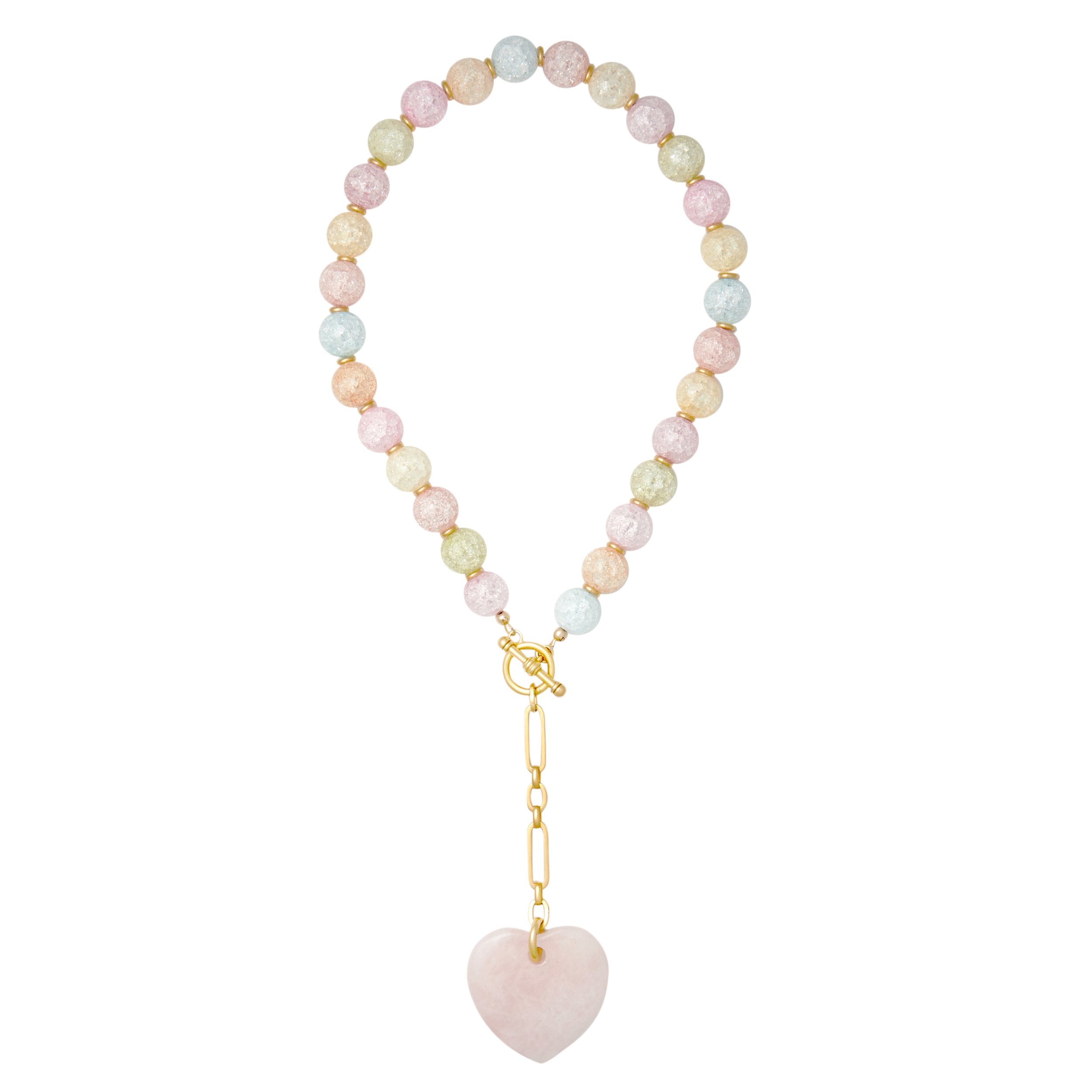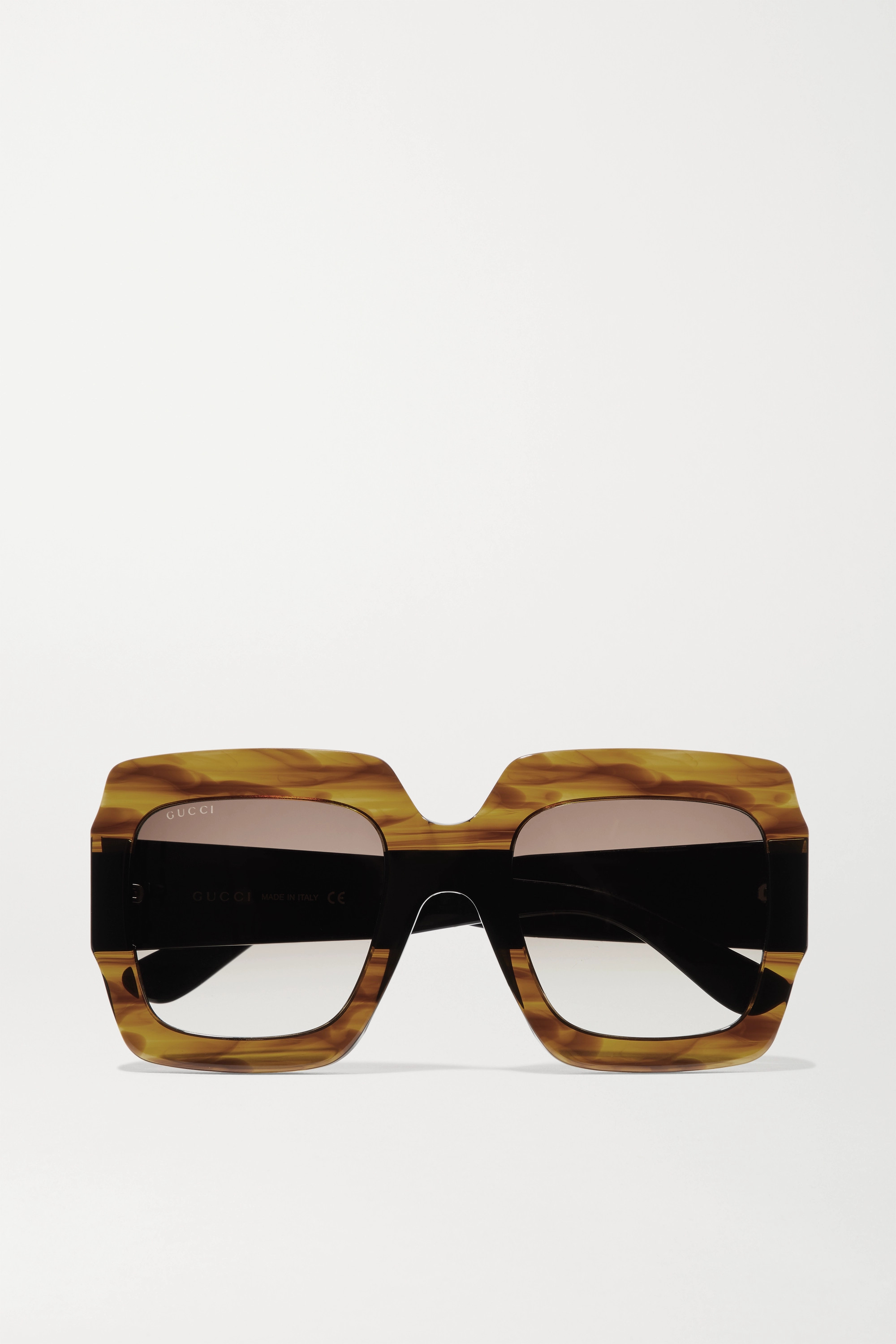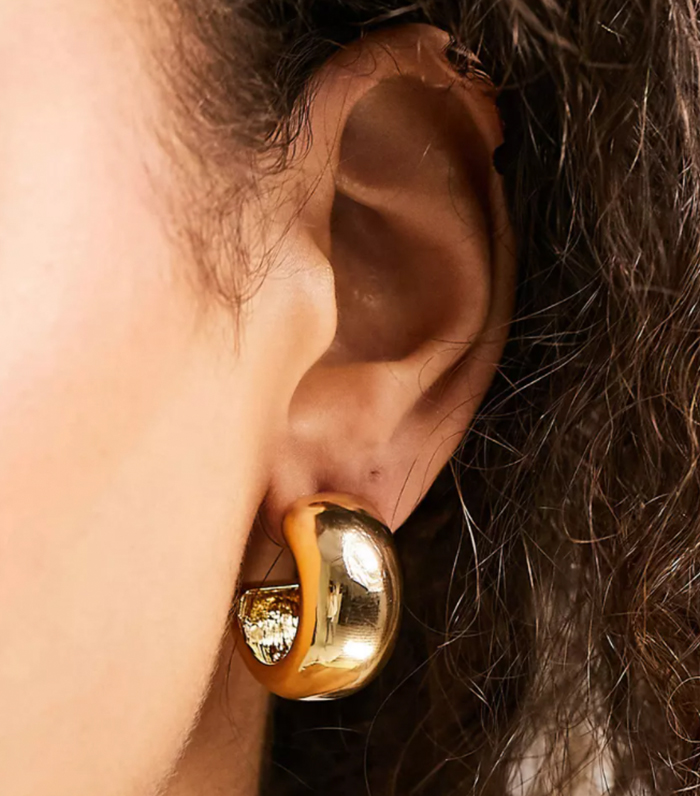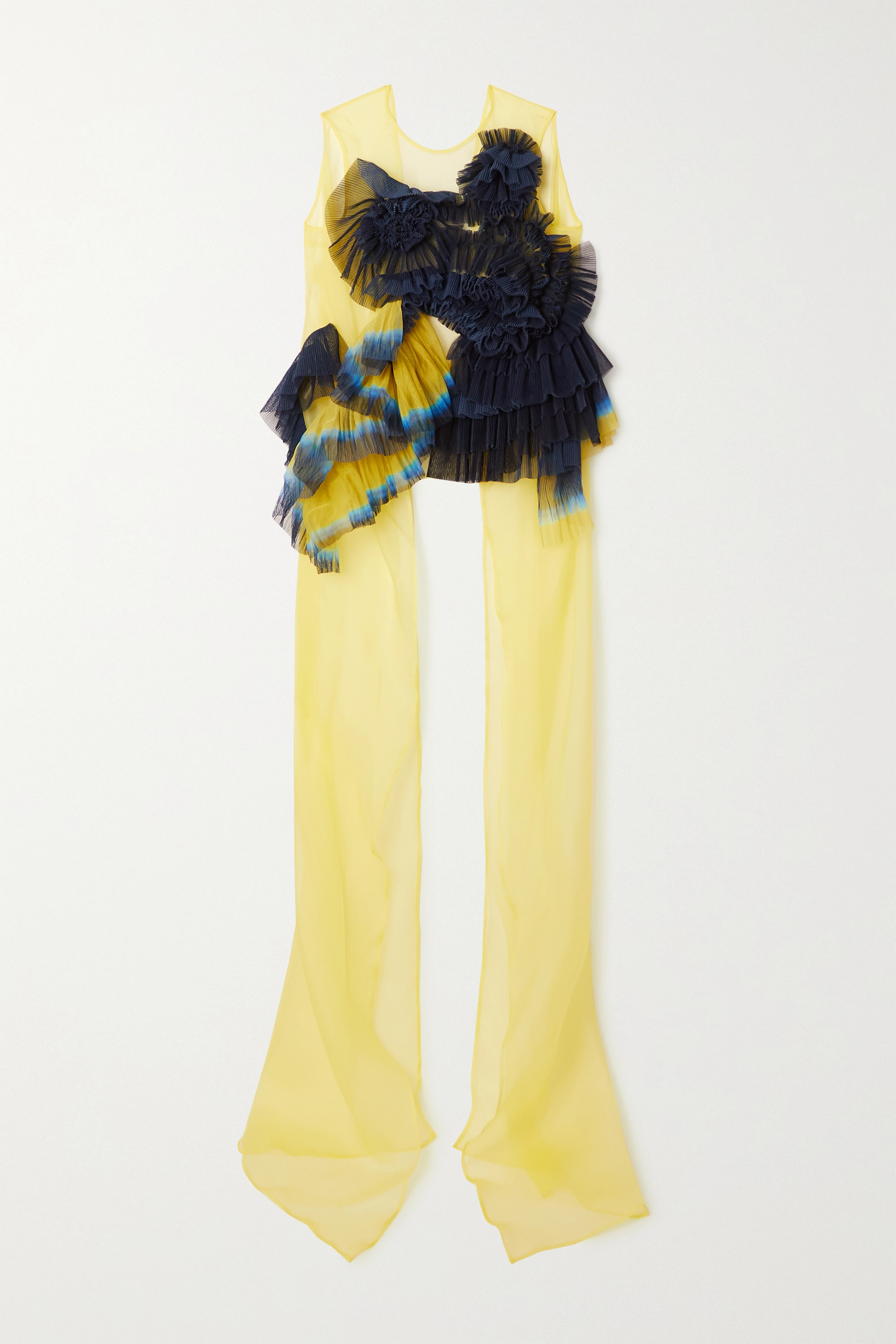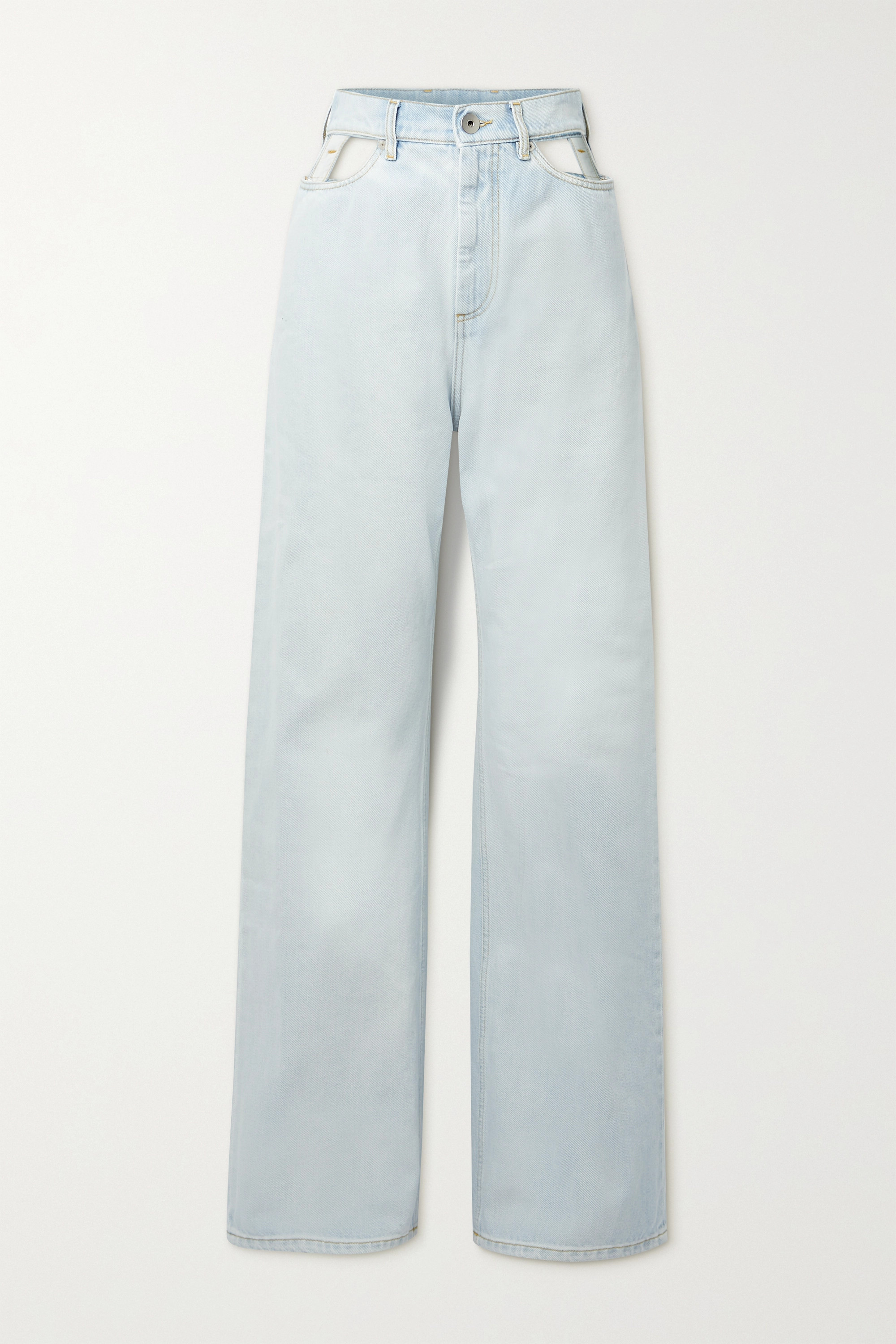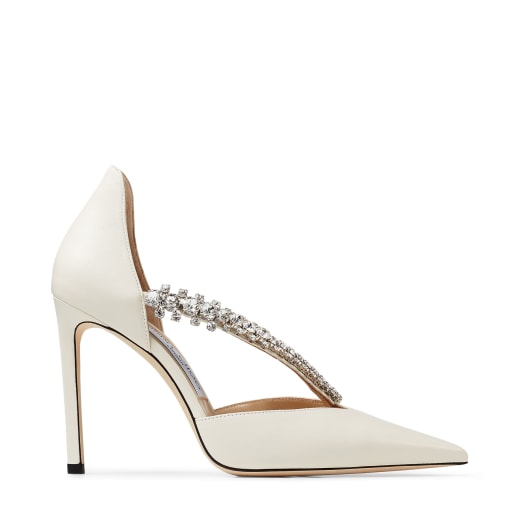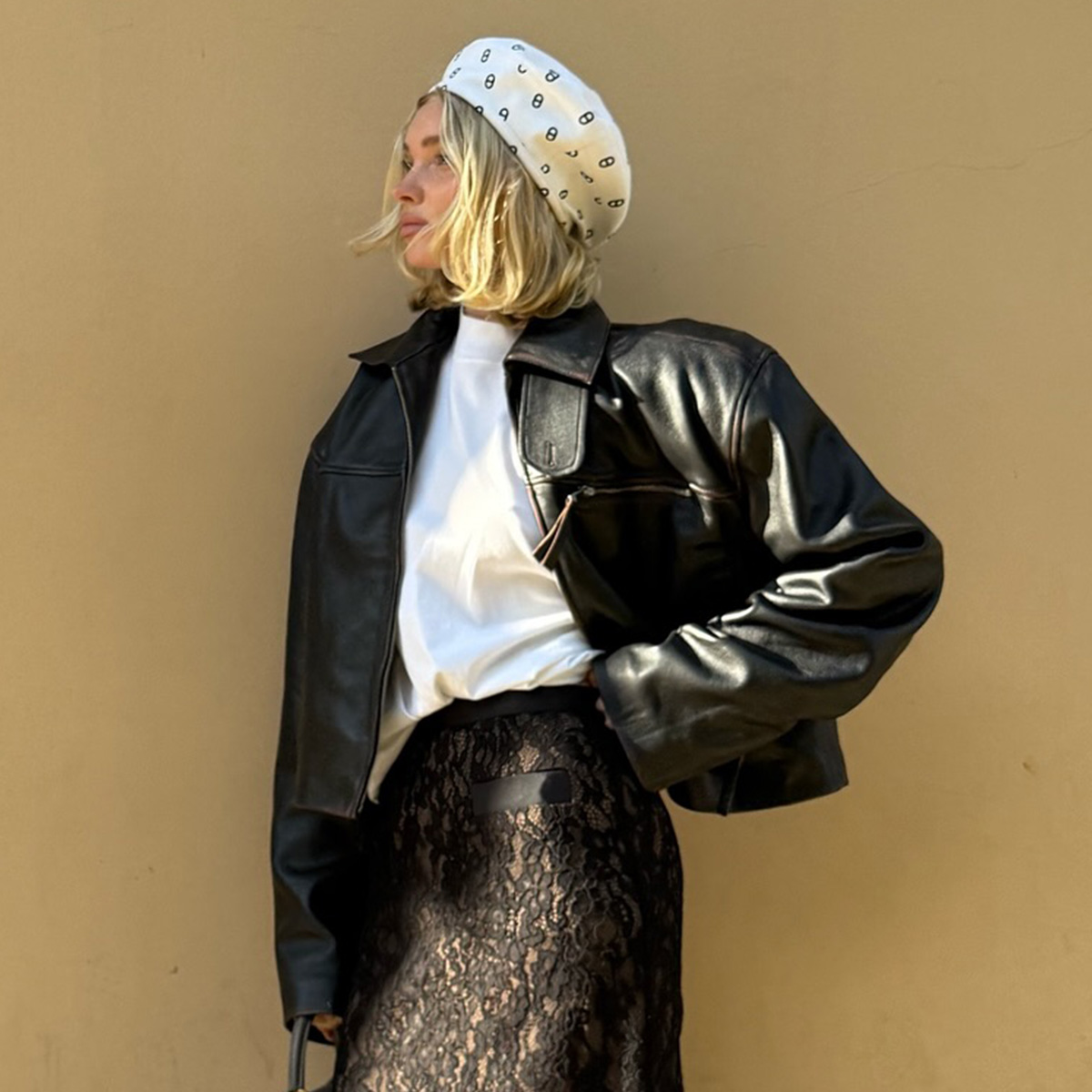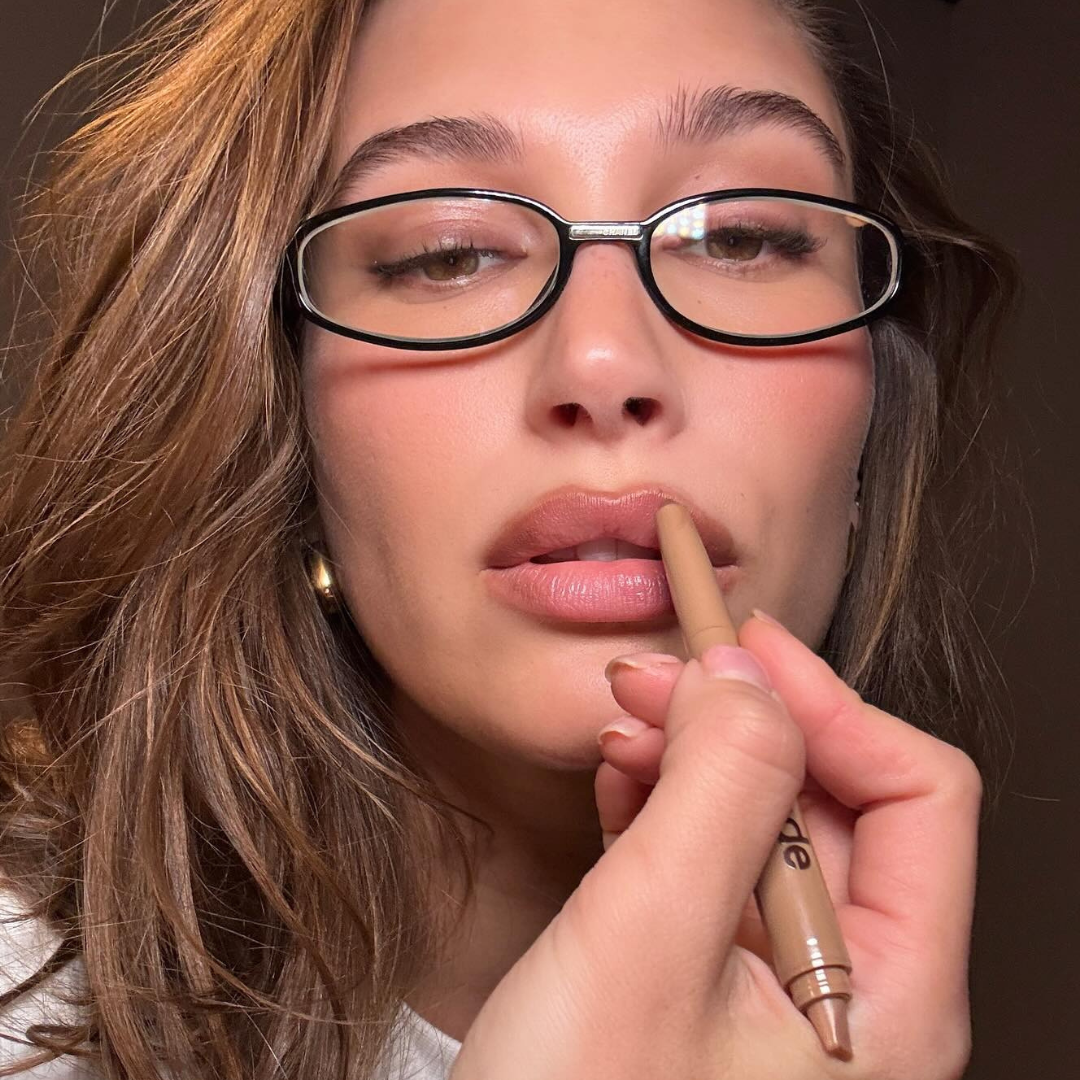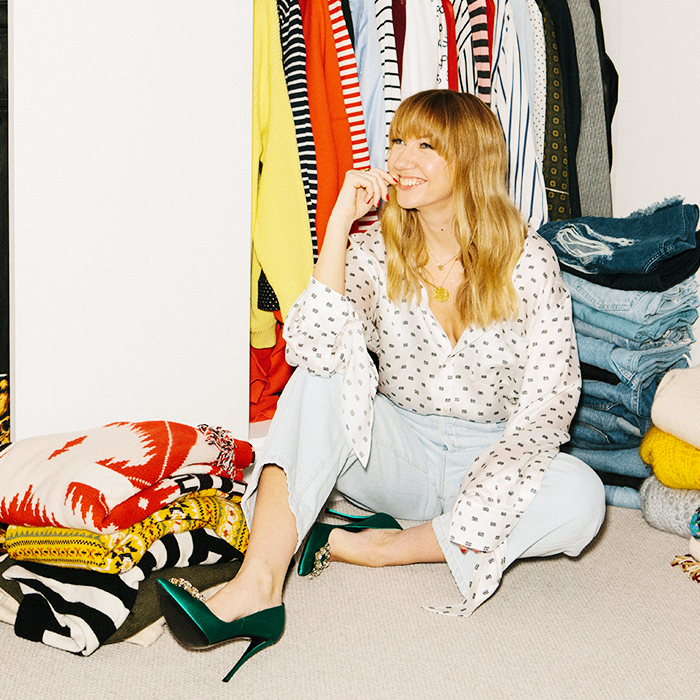Best Wardrobes in Britain: Fisayo Longe

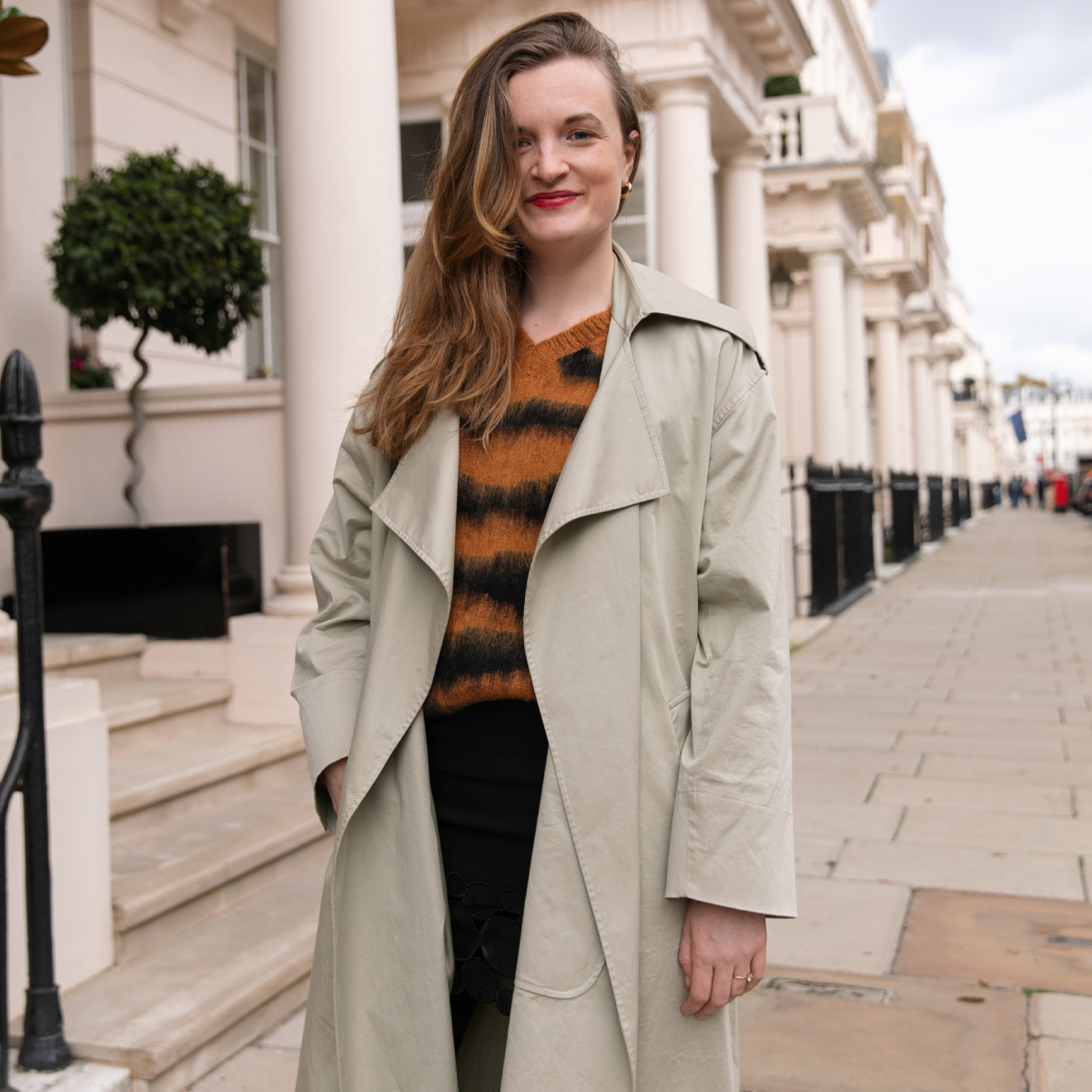
Welcome to the latest, highly exciting installment of Who What Wear UK's Best Wardrobes in Britain. It's where we do exactly what it says on the tin: delve into the most fantastical, awe-inspiring and downright influential wardrobes. We're honing in on the women who cause the street style photographers to press their shutters as much as the characters you don't yet know—the ones who fly under the radar with secretly incredible clothing collections.
Our Best Wardrobes in Britain series is all about delving into wardrobes that are unique and special, and Fisayo Longe’s walk-in wardrobe is like a boutique where the motto is whatever you do, never, ever wear anything bland. Longe has successfully turned her love of vibrant colours and prints into a career with her brand Kai Collective, which has become one of the buzziest independent labels in London. Over the past 12 months, she’s been on Forbes’s 30 under 30 list and is loved by the likes of Beyoncé and Michaela Coel.
It can be easy to dismiss fashion as frivolous, especially over the past year. However, Longe’s designs at Kai are all about making women feel confident and empowered. These are words every women’s fashion brand clings to, but to Longe, they’re more than just marketing speak; they’re at the core of why she launched her brand in the first place. She explains that when she moved to London from Nigeria at 16, she started really playing with new textures and proportions and has never lost this adventurous spirit when it comes to styling. And we have never seen so many colourful shoes or a sunglasses collection quite like it. Keep scrolling to see inside her wardrobe and the story behind Kai Collective.
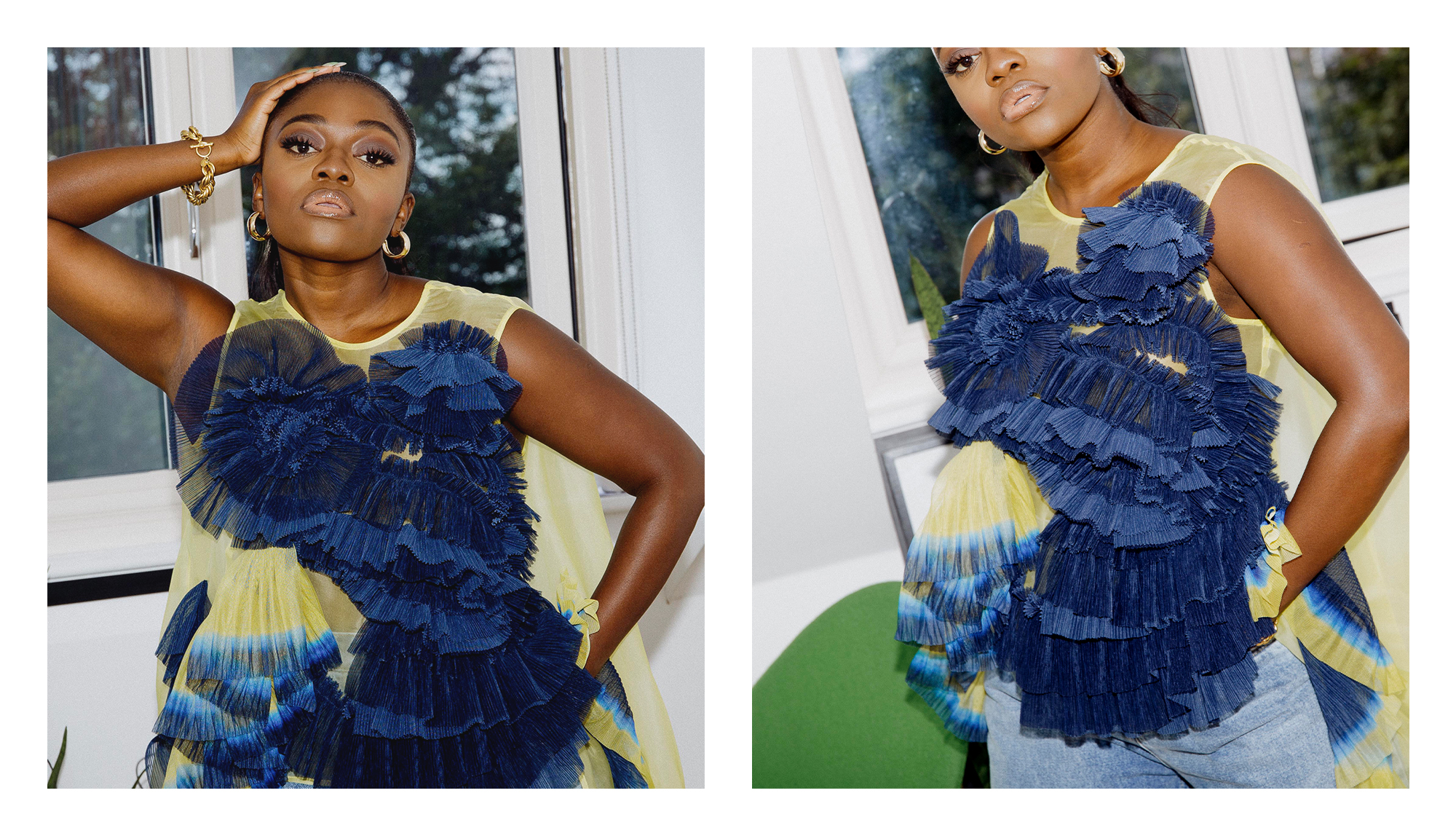
On Longe: Dries van Noten top; Maison Margiela jeans; Brinker & Eliza bangles; ASOS earrings; Jimmy Choo shoes
Have you always been interested in fashion?
I didn’t realise it at the time, but it always mattered to me what I wore. My mum was a tailor, so on my third or fourth birthday, she made me my own outfit, and I just loved it. As I grew up, I began to care more, and I always liked nice things that I couldn’t afford. In 2012, I was on Tumblr a lot, and blogging was just starting to become a thing, so I started a fashion-and-travel blog. I became more interested in fashion then, and in 2015, that’s when I realised I wanted to have my own fashion brand. I loved travelling and going fabric shopping—I find it inspiring and therapeutic. So I had clothes made with the fabrics that I bought, and people would ask me where I got them from.
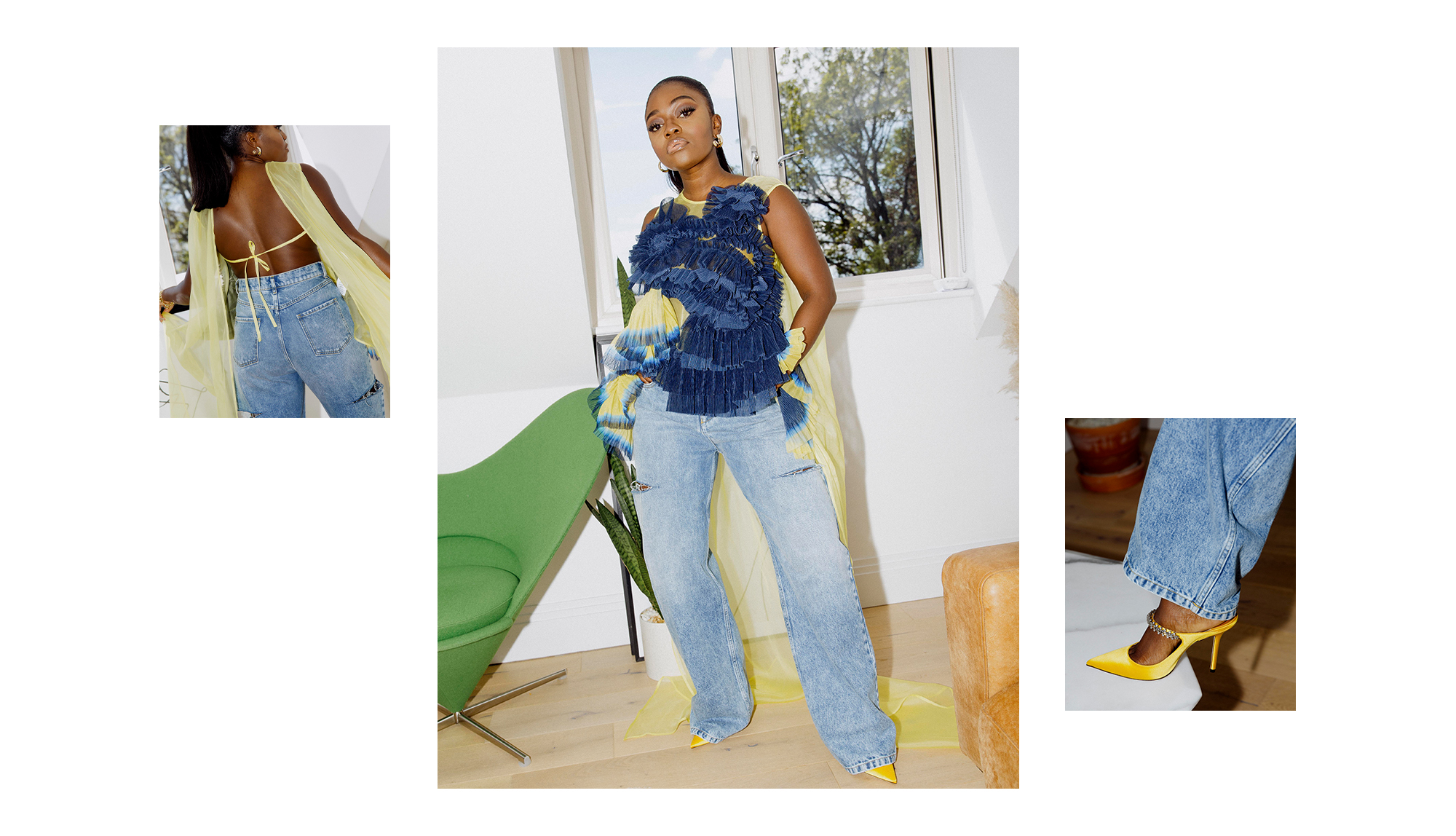
What was your idea for your brand Kai Collective? Did it start with this love of fabrics?
The idea was for it to be a womenswear brand with the things I just couldn’t find at an affordable price point—interesting prints, volume, a lot of big sleeves. I wanted details I felt like I couldn’t find anywhere else. My goal for Kai is to be a womenswear brand that transcends trends and is more about clothes that make women their most confident selves, at a price point that is attainable. For example, when we launched the Gaia print, which is our breakout design, I had never seen a print like that on the market. I remember I knew the purple one would be popular because I posted it on my Instagram, and everyone went crazy, but with the orange one, the day before we launched it, I was like, No one will buy this. It’s doing too much. Minimalism was such a thing at the time, but we launched it, and it did amazingly, and now everyone has done it.

So tell us more about how you invented the Gaia print and your inspiration behind it?
We did that with a Nigerian woman called Adebusola Ekoko from a print company called Grapes Pattern Bank, and I sent her a mood board, and we started by discussing colours. She said she found my voice very fluid. So that was what inspired her to come up with the Gaia. When I first came up with it, it was actually very different. I just knew I wanted lots of colours and brightness. It only took a few weeks of back-and-forth, as she really understood my vision. It’s definitely our best-selling product, and it’s frustrating that everyone has copied it because then it looks like I was just playing into a trend, and so now I'm figuring out what we do. It’s become what our brand is known for, as even our packaging incorporates it.
Do you get your love of wearing colour from growing up in Nigeria?
In the UK, as the weather is not good, you tend to gravitate towards black, grey and brown, but growing up in Nigeria, it’s always warm, always sunny, and there is so much going on. You drive down the street, and there are markets, lots of people and most are wearing colourful prints, like ankara, and because it’s hot, you don’t wear black. I grew up seeing different textures and colours, and I’m really beginning to embrace that as I get older. I moved to London at 16—before I came to London, I had never, ever worn things like boots and jackets before. I came here and fell in love with Dr. Martens and leather and became a lot edgier and started playing with different textures. Living in London, I have more room to try a lot of different things. London, for me, represents a lot of freedom in my style and was the place I was able to come into my own and explore myself fully without fear of being judged because of what I was wearing. Nigeria is a bit conservative, so things I’d wear here without thinking twice about, if I wore it in Nigeria, I would be judged. You find people wearing skimpy things in Nigeria, but generally, it’s a more conservative society.
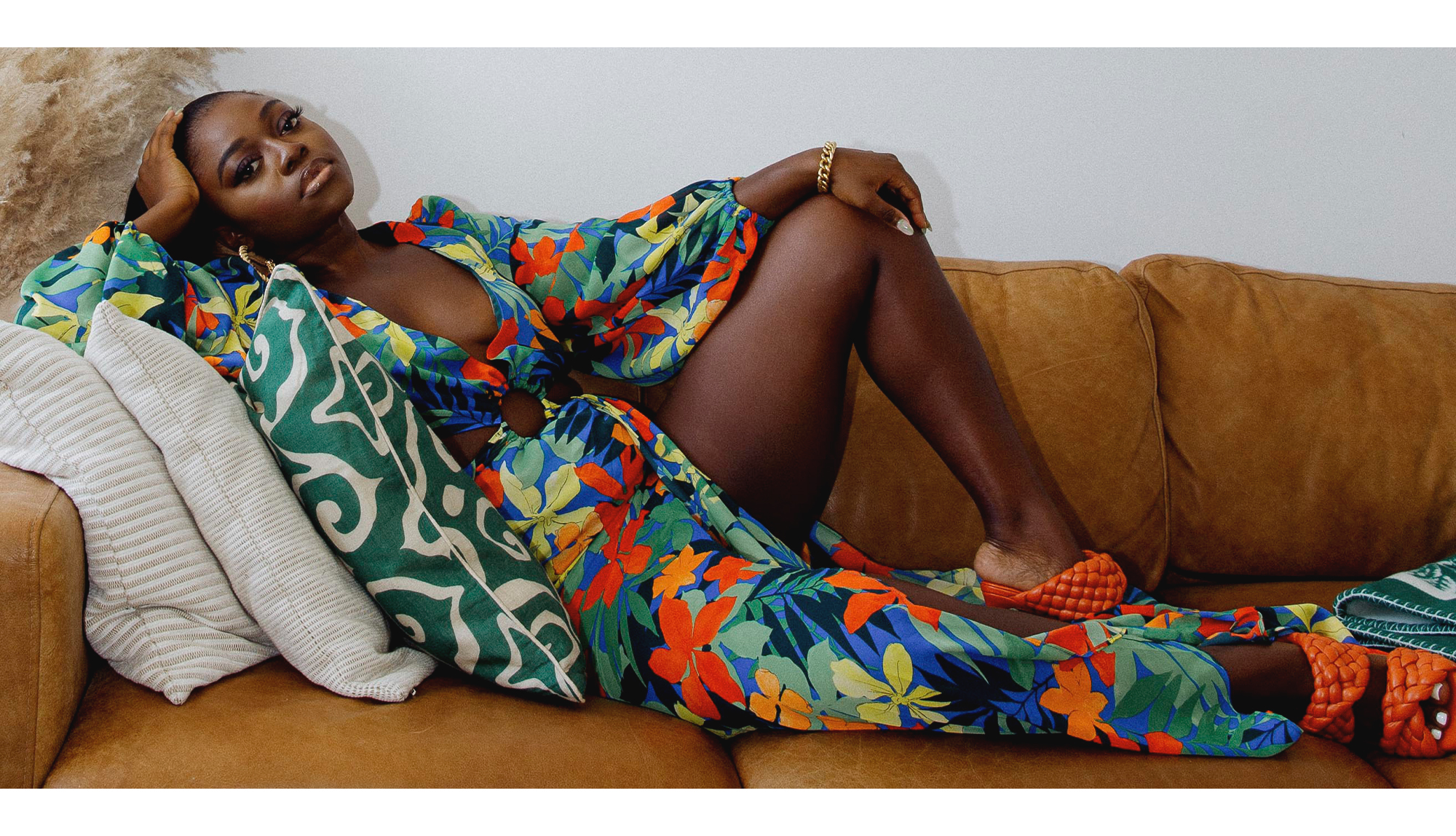
On Longe: Yaura dress; ASOS hoop earrings; Bottega Veneta sandals
What in your own wardrobe do you wear the most or always love to buy?
That answer would have been so different two years ago. All I’ve worn for the last year is straight-leg sweatpants and sweaters! I like the juxtaposition of something with a lot of volume and something tiny—so wide-leg trousers and a little bra, a tiny little dress and a huge jacket. I go for these contrasting shapes often. And I love colour. I really, really do. Before I really knew my style and minimalism was big on Instagram, I wore nudes and blacks, but now I’ve discovered my style. I wear what I want to wear and not just what I see is trending.
Kai Collective has been so successful. What are your plans for it, and where do you see it going next?
It’s a collective in the sense that it will go into different things I’m interested in as a person, like interiors. I want it to continue to grow and to build a wider community of women. I want to go to cities when we can and have pop-ups and brunches and just build up our community. That’s huge for me. I get so many DMs like, "I haven’t been confident since I had a child, and I wore this dress and felt like Beyoncé.” There are a lot of brands that make clothes, and now a lot of brands that make a Gaia-print copy, but there are not that many brands that actually encourage women to embrace themselves fully and wear what they want.
We are very, very feminist. With every order, there is a sticker sheet with phrases like "feminist” and "money maker.” Growing up in Nigeria, women were seen as secondary who would get married and live off the man, but for me, Kai is about making women realise that they are the priority in their own lives, doing that through fashion and the freedom to wear whatever they want to. Some pieces are modest, and some are really skimpy, and I want to be a brand for every type of woman and to be really diverse and so keep building on that. Nigerian women are really entrepreneurial, but they can be stifled in it. You can have your own business, but if you’re more successful than your husband, then he might be unhappy. It’s like, do it, but don’t be too successful; don’t be too powerful. Men can feel really threatened by that success.
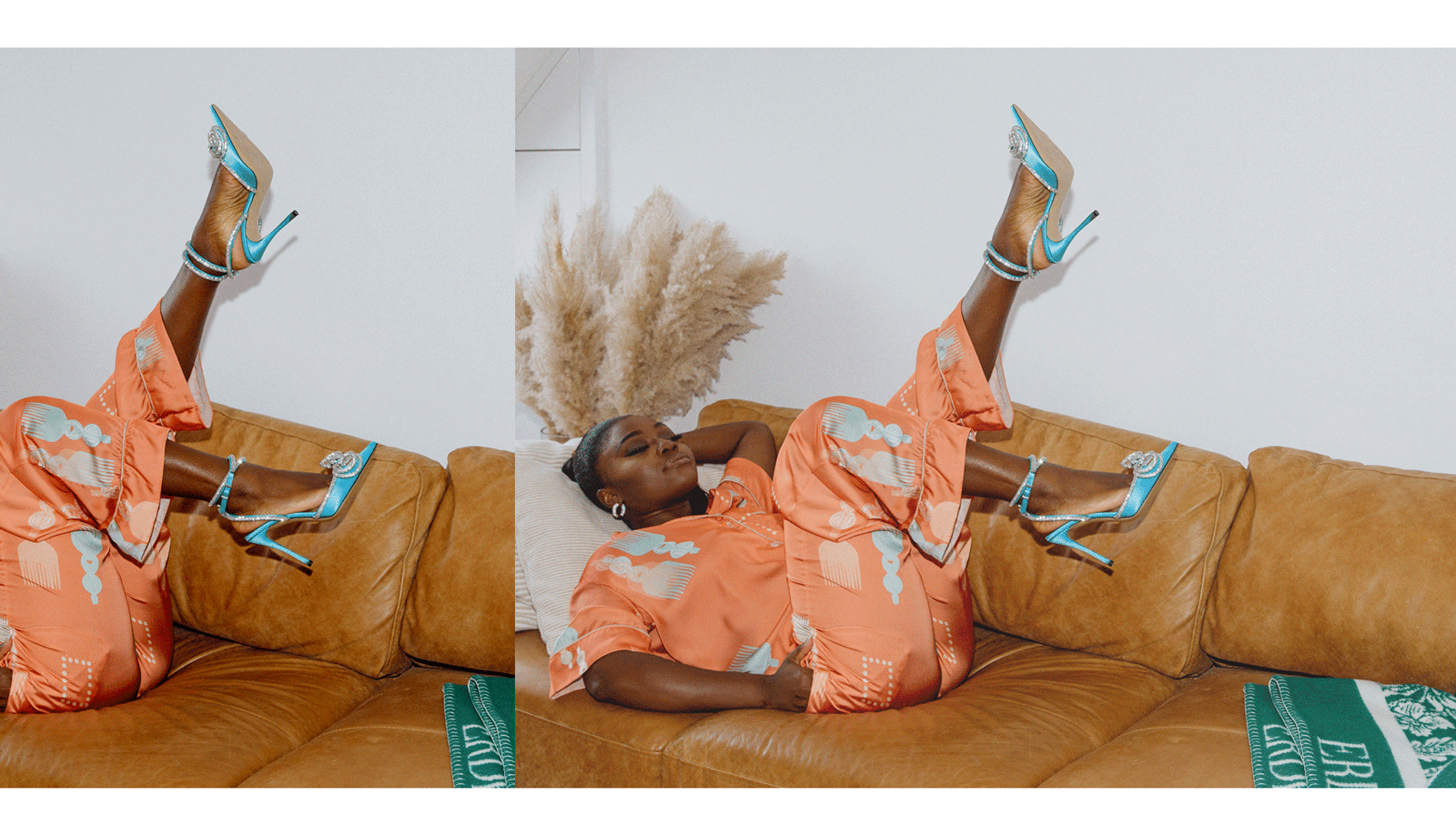
How did you find running the brand throughout the pandemic?
It was stressful because I was finishing my anthropology degree, but I was ready for the success we had over the last year. I was naïve when I started my brand. Because I was an influencer, I thought it would explode straight away. But it took so long for it to work. I had a long time of self-doubt and wondering how to make people pay attention to it. When it happened, it was like, about time! I was ready. A lot of it was working out what people wanted. At first, I just made what I wanted to wear and didn’t ask any questions from friends or anybody. I realised it was about more than me, so I set up WhatsApp groups to ask opinions of friends, and that helped. Then I really built the community aspect of my brand, asking what they liked and responded to, and that was a total game changer. We have a smaller group of women called the "inner circle,�� our Instagram close friends, and we post previews of samples, and they get to buy stuff before it’s listed on the website so that it doesn’t sell out, and they can buy it. They are involved in the whole process.
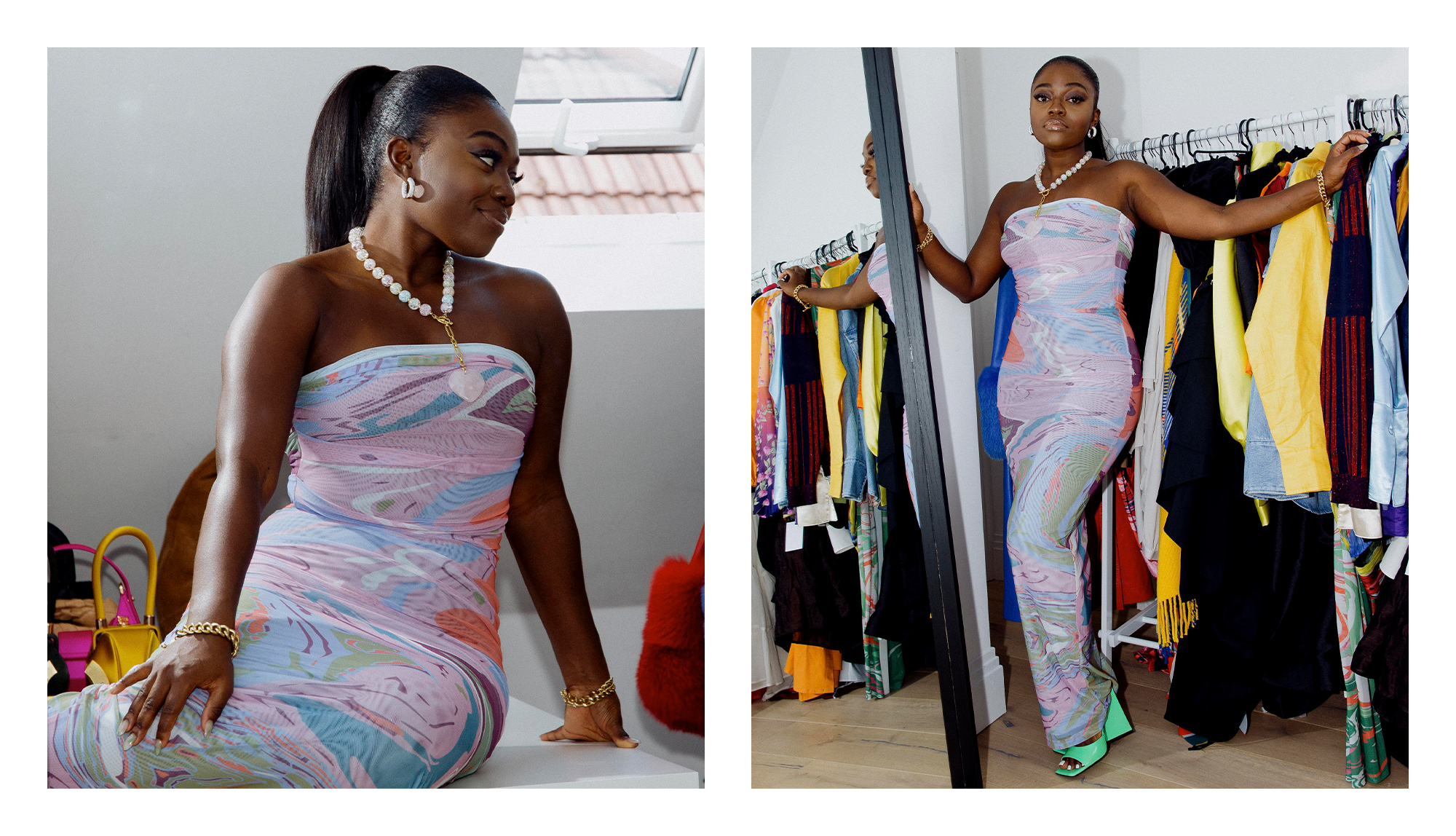
On Longe: Kai Collective dress; The Attico shoes; Brinker & Eliza necklace
Tell us more about your degree. Is it linked to fashion or separate?
It was an anthropology degree, but I did my dissertation on how the Black Lives Matter movement has impacted the politics of race and representation in the fashion and beauty industries, through the lens of Black entrepreneurship. After George Floyd died, there were a lot of movements to buy Black and support Black creators, so my dissertation was looking into if anything has changed, or was it just a trend, and has everyone gone back to their normal lives? I did write about my business and explored whether Black Lives Matter changed anything through the lens of the Gaia dress and what made the business explode in 2020. Was it this unique print? Or was it the Black Lives Matter movement and the spotlight on Black-owned businesses? It’s very difficult to tell which one was more effective for the business growth—the spotlight on Black-owned businesses definitely helped at the time for the business growth, but it wasn’t all positive. It felt like, why did it have to take a Black man being killed in that way for people to pay attention to Black-owned businesses? A lot of businesses that made pledges last year, and for a lot, nothing has actually changed, so for them, it’s a trend. But it’s difficult to tell exactly, and that’s what anthropology is all about. It could be this; it could be that. That’s why I love it— because it's not just based on facts.
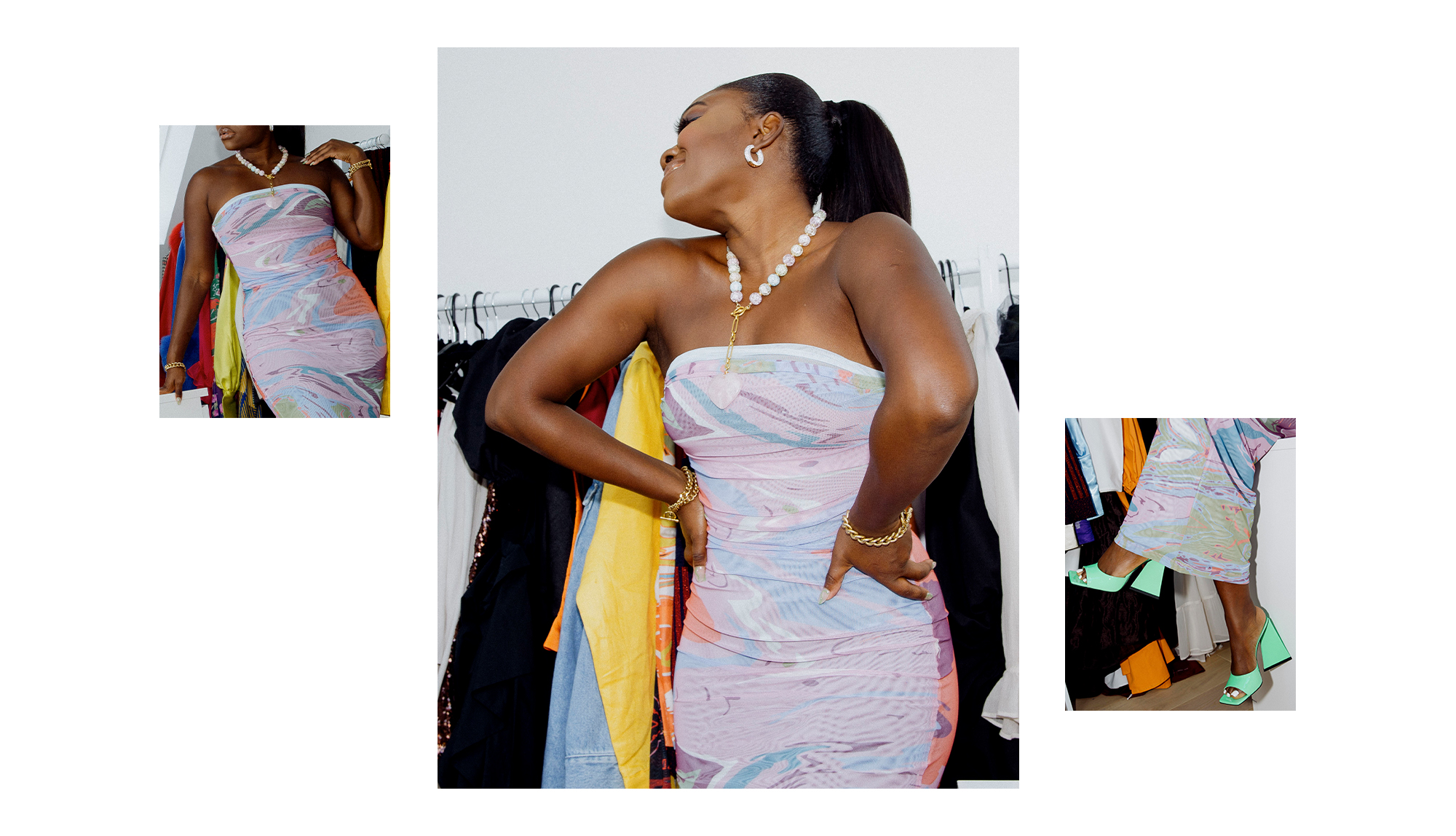
How did you personally find the spotlight on Black-owned brands over the last year?
There was a good aspect to it, as I was prepared for my brand to be successful. But there was a negative, very disturbing element that it took that. There are lists like "20 Black-owned brands to support”—but it’s still exclusionary. When we are writing about brands in general or talking about brand collections, a lot of Black-owned brands are excluded from that narrative, so the only time you really pay attention to them is when it’s about Black-owned brands specifically. I was very torn, and it was very confusing. It was good for my business and my finances, and the brand now pays for itself, which I am very grateful for. Then, I felt really guilty about my brand finding success off of the back of something so tragic.
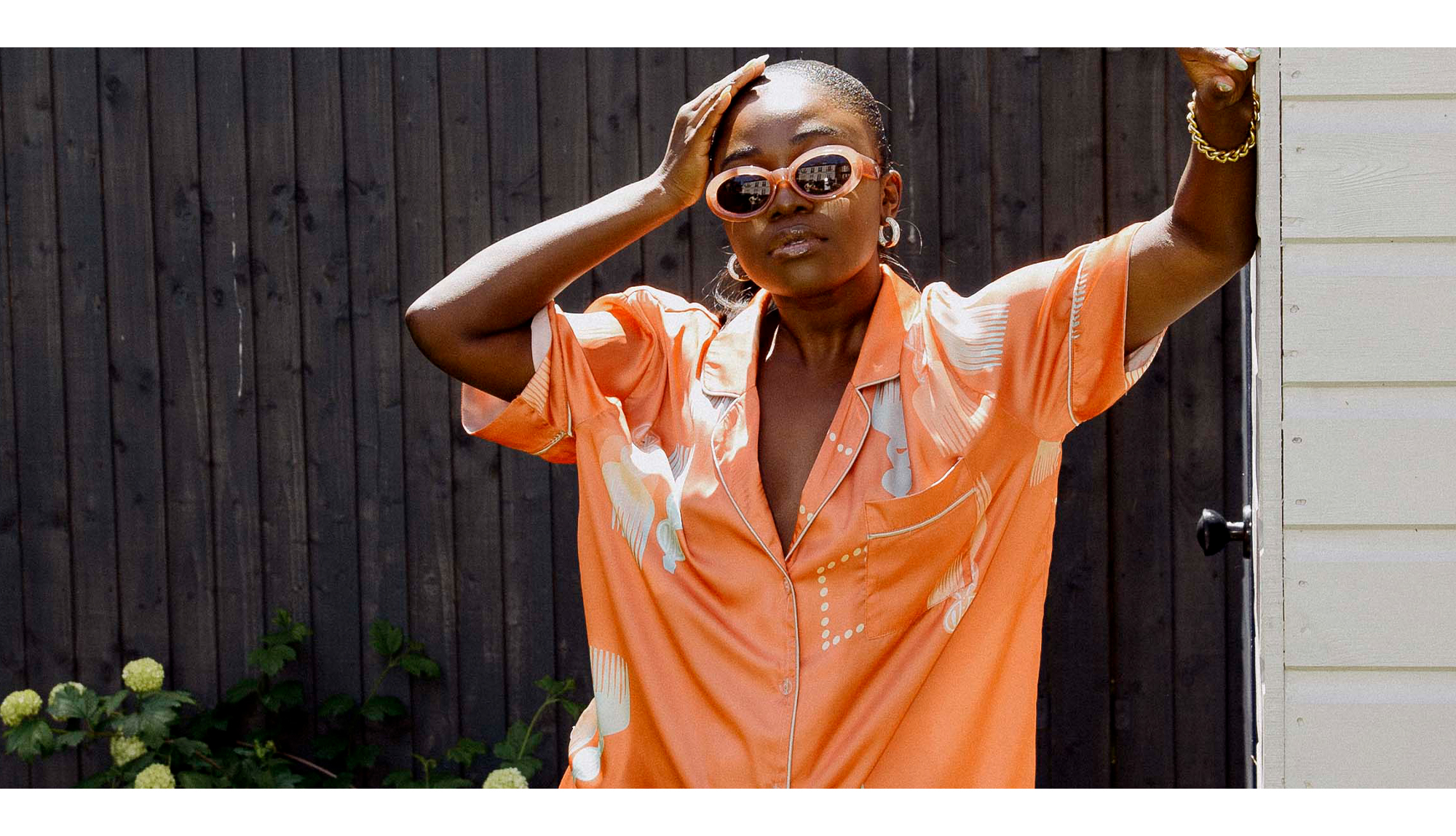
How important is it to bring your heritage into your designs and prints?
It’s really, really important. As I’ve grown up more, I’ve realised how grateful I am to have a culture that I can really identify with. I love London and the freedom it gives me. But when you have experiences with racism, it’s nice to know I have somewhere that I am really from and I have roots. It’s very good for my confidence and my identity. Growing up in Nigeria was really colourful, and there was a lot of character, and I never want to lose sight of that. I have realised how artsy and beautiful the things that we thought were just mundane growing up were. The afro comb is such a big part of my childhood and my upbringing and reminds me of getting your hair done by your mum or at a salon. Because of how highly politicized Black women’s hair is, it was such a thing. I enjoy the nostalgia of incorporating that into my brand with the pyjamas print.
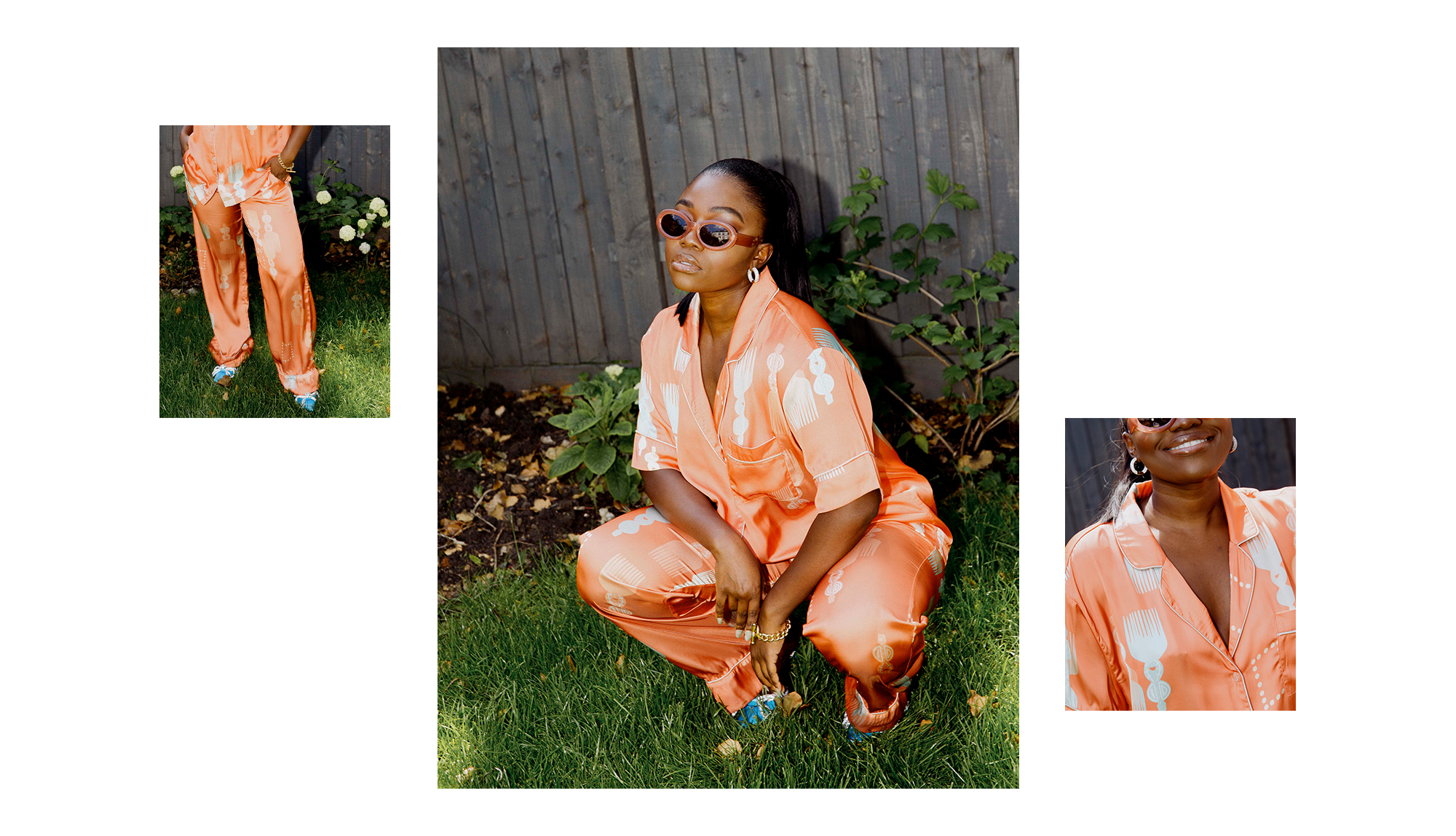
On Longe: Kai Collective pyjamas; & Other Stories sunglasses; Mach & Mach shoes
Which items are the most special to you in your wardrobe?
I had a jacket made in Vietnam in my gap year, and I absolutely loved it, and so I decided to make it for Kai. I sent it off to a manufacturer, and they lost my jacket, and I’m still so devastated by that, as it was beautiful.
When I was 21, I really wanted the Chanel Boy bags, and so I asked my mum for Chanel Boy bags for my birthday, and she actually bought me two, which I couldn’t believe. I still have one of them, but one I had to sell when I had run out of money with Kai, and I had nowhere to turn, so I had to sell it. I knew I’d be really upset if I sold both of them, so I decided to keep one of them. When I look at it, I remember a time when I was struggling so much, and it represents hope and things changing. I’m really, really glad I didn’t sell it and I’m reminded of a difficult time.

You said you love investing in beautiful things. What do you always gravitate towards the most?
I love shoes. They just really get me going and make me happy. Seeing different colours, shapes, heel sizes—I find them so interesting. When Phoebe Philo was at Celine and Nicolas Ghesquière was at Balenciaga, I feel like those were the golden days of fashion, and there was so much originality, and I loved those two brands then. Now, I really like Rick Owens, Y/Project, Kai of course, and smaller brands like Solace London, which is amazing because they have exciting shapes and colours. I love smaller Black-owned brands like Virgos Lounge and Hanifa because I feel like I recognise the struggle and what it takes to get a brand going, and I really respect them for that and think they are beautiful. I love small, women-owned brands because I know what it takes.
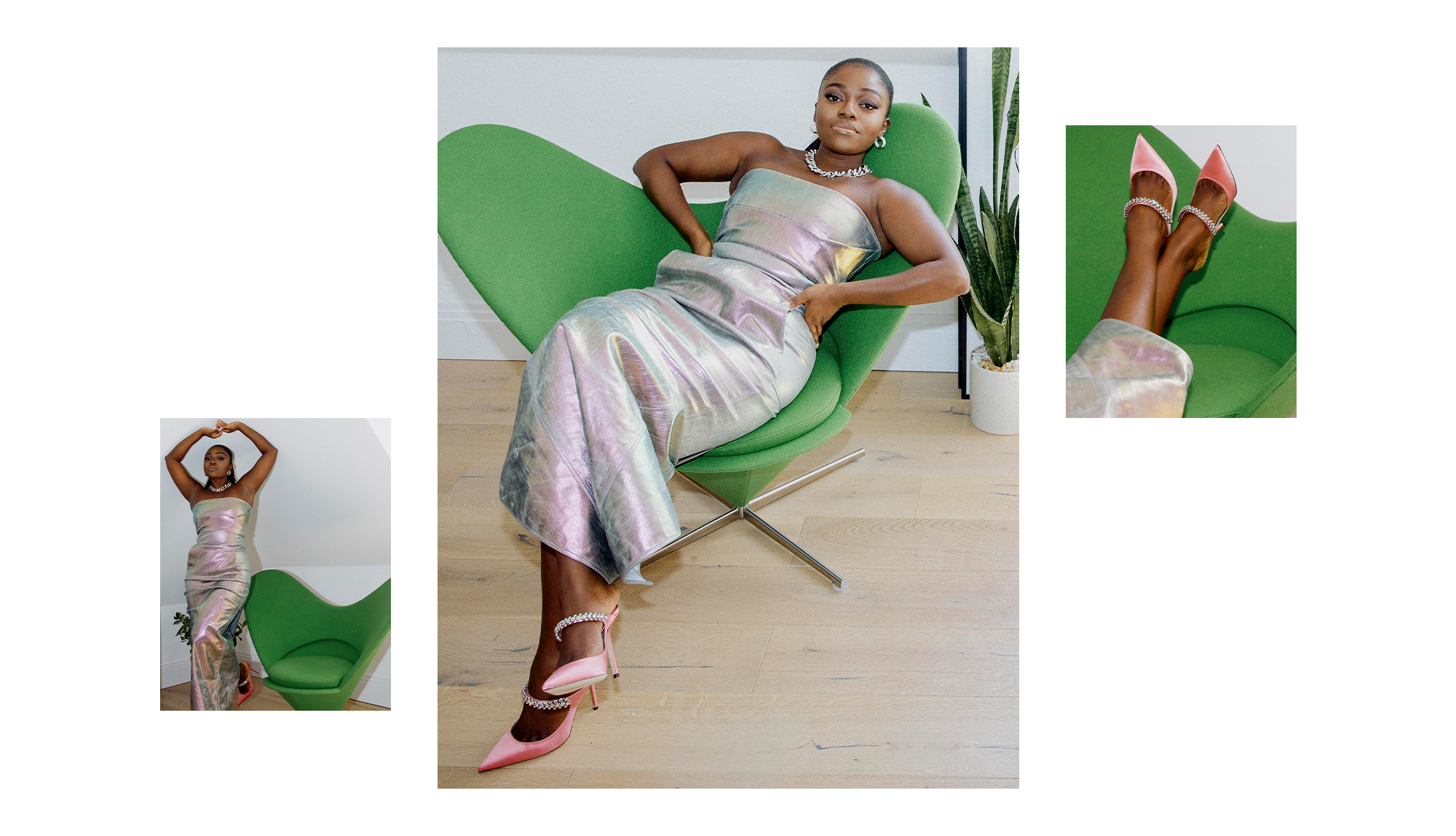
On Longe: Rick Owens gown; Kenneth Jay Lane necklace; Jimmy Choo shoes; Oma the Label earrings
Shop Longe's Wardrobe
Thanks for having us, Fisayo!

Emma is a freelance fashion editor with over 15 years experience in industry, having worked at The Telegraph, Grazia and, most recently, British Vogue. Emma was part of the founding team of Who What Wear UK, where she worked for six years as Deputy Editor and then Editor—helping shape the team into what it is today is one of the biggest privileges of her career and she will always see herself as a Who What Wear girl, contributing to both the US and UK sites. Whether she's writing about runway trends or spotlighting emerging brands, she aims to write about fashion in a way that is democratic and doesn't promote over consumption.
